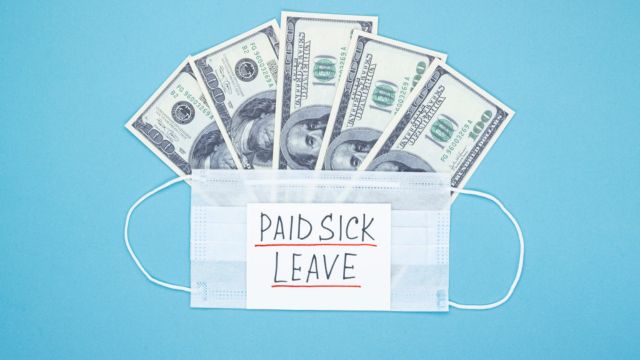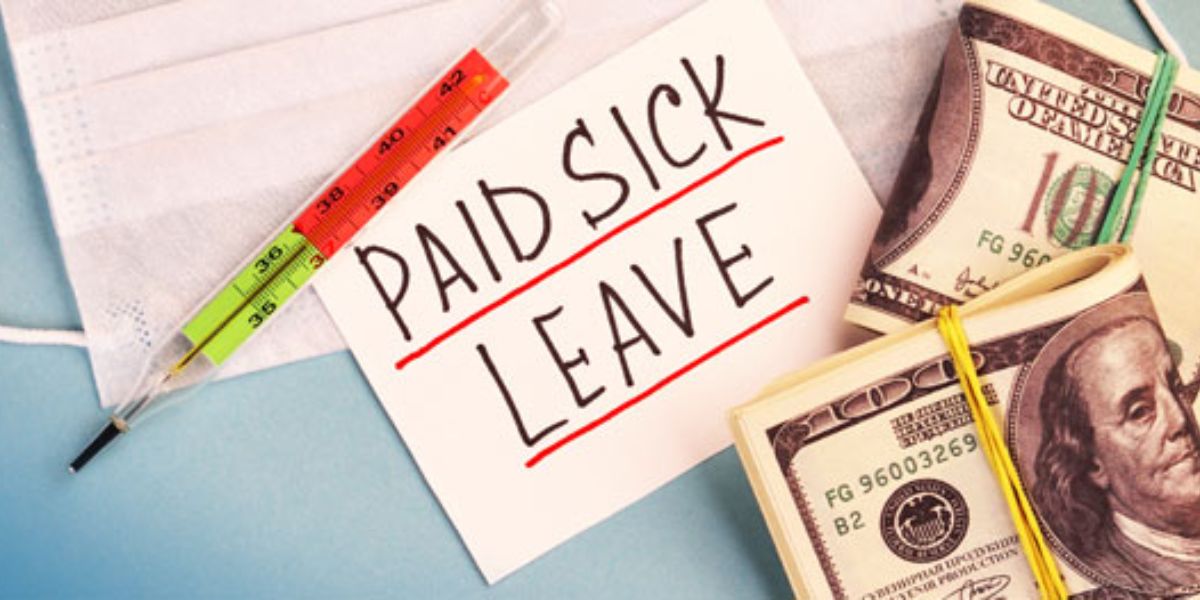Employers must provide employees with up to 40 hours of paid leave annually for any reason and up to 40 hours of paid sick leave, according to Chicago Substitute Ordinance SO2023-0002980.
This comprehensive regulation will give workers access to specific sick leave provisions as well as general-purpose paid time off.
By establishing a unique dual-track system that provides employees with flexible paid time off while maintaining dedicated sick leave benefits, the measure establishes one of the most comprehensive leave programs in the nation.
Commonly Asked Questions About Chicago Paid Leave
Understanding Chicago’s paid leave laws is essential to upholding workplace compliance and fostering employee well-being. The law outlines specific guidelines for both types of leave and provides comprehensive worker rights. Here’s what you need to know to stay in compliance.
Who is entitled to paid leave in Chicago?
Any employee who works in Chicago for at least 80 hours in a 120-day period is eligible for this leave. Once qualified, employees are eligible for as long as they work there.
Which businesses must provide this leave?
All companies must provide this leave to their employees in Chicago.
How much leave do companies have to provide?
Employees in Chicago are entitled to one hour of paid leave and one hour of paid sick leave for every 35 hours worked, for a total of 40 hours each year.
Exempt employees are presumed to work 40 hours per week, unless they typically work fewer hours, in which case accrual is based on their average workweek.

What is the purpose of paid leave in Chicago?
The ordinance provides two types of leave: paid leave, which can be used for any reason, and paid sick leave, which can be used for the following reasons.
- illness, care, or treatment of the worker (including mental health and substance abuse)
- illness, family member care, or quarantine
- Needs related to domestic violence or sexual assaults
- Workplace or school closure due to a public health emergency
- Following public health guidelines or medical specialists’ recommendations
How does this relate to other types of leave?
Employers can use their existing paid time off or unlimited time off policies to comply if they provide at least as much leave and permit for the same reasons.
Employees can take paid leave or paid sick leave before using any of the other leave choices.
Is it possible for companies to limit how many sick days employees can use in a year?
Employers may establish an annual accrual cap of 40 hours for each type of leave, but there is no use cap. Employees are allowed to take as much time off as they wish.
Can employers offer all of the leave at once instead of letting it build up over time?
Employers have the option to frontload both types of leave (40 hours each) at the start of the benefit period. Frontloading eliminates the need to carry over paid leave, but it does not eliminate the need to carry over paid sick leave.
Do employers have to carry over unused leave?
Employees may carry over up to 16 hours of paid leave or 80 hours of paid sick leave per year. The carryover criteria for frontloaded leave plans and unrestricted time off programs differ.
What is the bare minimum of leave that an employee can take?
Employers cannot demand verification of paid leave used for any reason. Employees are free to choose the kind of documentation they desire, although employers may request proof of leave need for paid sick leave lasting longer than three consecutive workdays.
Are employees’ jobs and benefits secured when they take this vacation?
While workers are on leave, employers must offer group health care. Payout conditions at separation are impacted by employer size:
- 50 or less employees: No pay is required.
- All unused pay leave must be distributed to 51 or more employees (beginning July 1, 2025).
Chicago Paid Sick Leave Laws and Requirements for 2025




